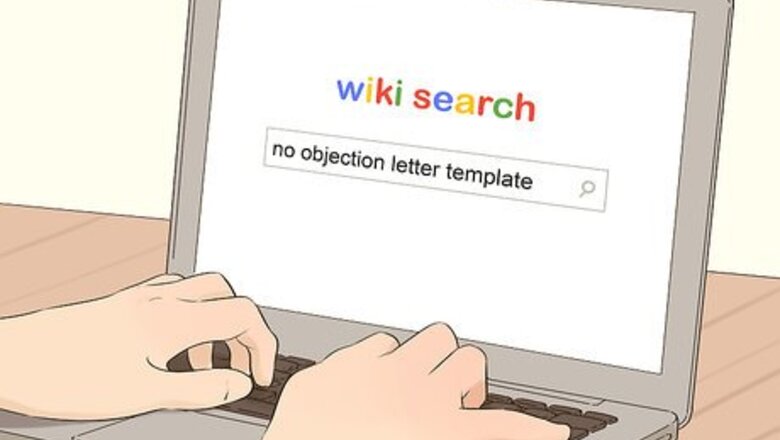
views
X
Research source
Formatting Your Letter
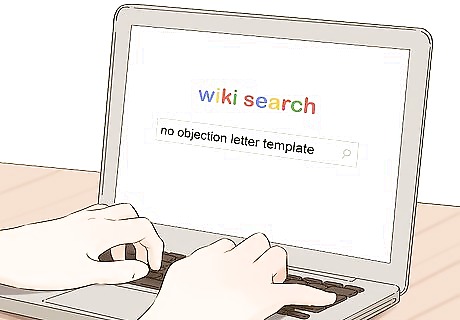
Look for a form or template. Some no objection letters are relatively informal, while others must follow a specific format. No objection letters to a government department or institution, such as those used in immigration matters, typically must follow a specific format. The government department that will receive your no objection letter may have a template or form available on its website. You also may be able to find templates online for free from legal document websites. Just do a search for "no objection letter template."

Type your letter as a formal business letter. If you aren't able to find a form or template, you can simply write a formal business letter. Most word processing apps have business letter templates you can use. These have fields for the address and signature lines and set your margins and line spacing appropriately. Generally, you should single space your letter with a double space between paragraphs. Since a no objection letter is typically very short, you may not have more than one paragraph.
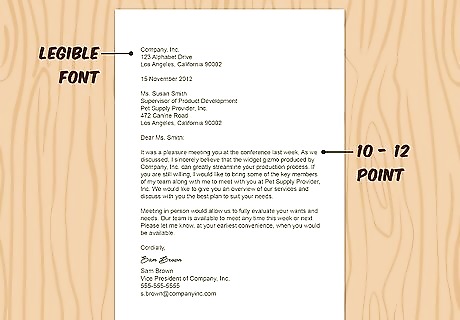
Use a legible font in 10- or 12-point size. The default font for your word processing app is typically appropriate for a no objection letter. If you want to choose a different font, use something such as Times New Roman. Government agencies may specify the fonts you should use for your letter. This information will typically be available on the agency's website.
Drafting Your Letter
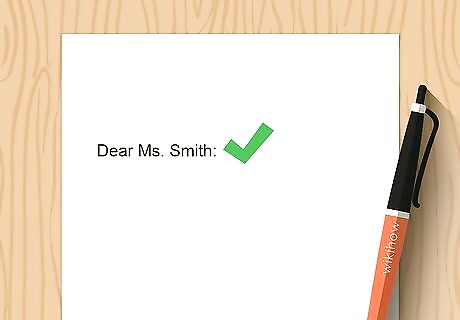
Address your letter to the appropriate individual or entity. If you know the specific person that you're writing the letter to, include their full name on the salutation line. Typically, however, you're writing the letter to anyone who occupies a particular role in the agency or organization, rather than to a specific person. In that case, you can address the letter "Dear Sir or Madam." If the letter will potentially be read by multiple people in different agencies or organizations, you can also use the salutation "To Whom It May Concern."
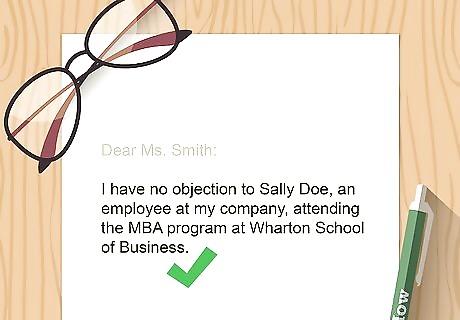
Identify the subject of your letter. The first paragraph of your letter provides the name of the individual for whom you're writing the letter. Typically you also include a brief description of the action the person wants to take. For example, if the person wants to study at a foreign university, your first sentence might state "I have no objection to Sally Sunshine, an employee at my company, attending the MBA program at Wharton School of Business."
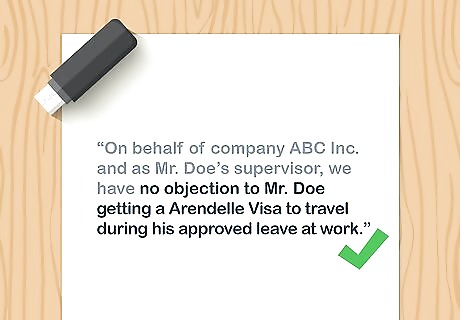
State the actions you have no objection to. Depending on what the individual wants to do, you may have additional permissions you need to grant. You may also want to include other information about the action the person wants to take. For example, if you are the owner of a building and have a tenant who wants to renovate the space they're leasing, you might describe the renovations or alterations the person wants to make. If the person requires leave to travel to a foreign country, or attend a foreign university, you might want to include the name of the program the person wants to attend or the reason for the person's travel.Tip: Include any limitations on the permission you're granting, or any parameters you and the individual agreed to. You may want to go over this information with the person you're writing the letter for before you finalize it.

Clarify your authority and relationship to the person. Anyone reading your letter needs to know how you have the power to grant the person permission to take the action they want to take. You may need to go into detail about your interest in the proposed action the person wants to take. For example, if you are the owner of a building and a tenant is making renovations, you might need to explain your ownership interest in the building. If you are writing on behalf of a company or institution, you may need to include information confirming that you are authorized to represent that company or institution.
Finalizing Your Letter

Proofread your letter carefully. A no objection letter is a formal legal document. Any typos or other errors might impact the effectiveness of your letter. Read through it and make sure there are no mistakes, particularly in relation to the spelling of any names. It can be a good idea to have someone else read over your letter before you print it off and sign it. A fresh pair of eyes may find mistakes that you missed.
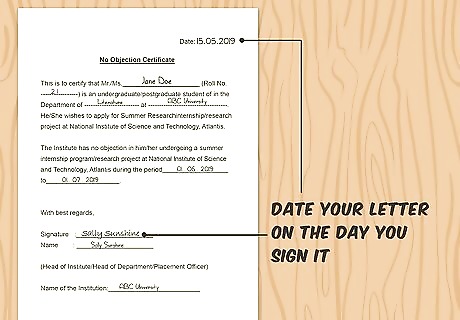
Date your letter on the day you sign it. If you used a template on a word processing app, it typically will enter the date automatically. The date should match the date you print and sign your letter, not the date you first started drafting it. Check with the person for whom you're writing the letter about any deadlines. If they need the letter dated within a certain period of time, they'll let you know.
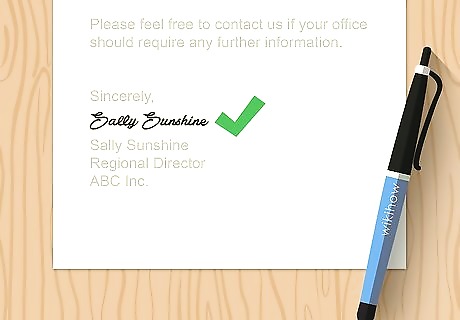
Print and sign your letter. When you're certain all the information in your letter is correct and error-free, you're ready to print it up. Sign your letter in the space you left for your signature, using blue or black ink. In some countries, such as India, you must also place the seal of your business or educational institution.Tip: After you sign your letter, make a copy of it for your own records. This is particularly important if the letter involves you giving up the right to object to something legally.
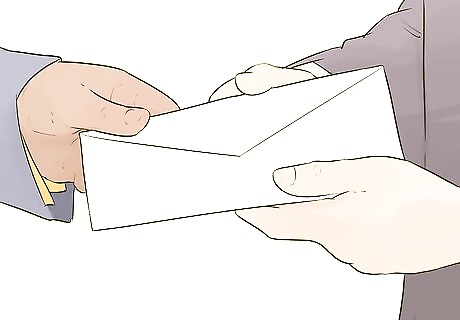
Deliver the letter to the appropriate individual or institution. Depending on the purpose of your no objection letter, you may give it directly to the person who is the subject of the letter. You also may need to deliver it separately to the organization or government department addressed. If your letter is addressed "to whom it may concern" and intended for the individual to show to anyone who may question their authority to take the action, you typically will give it to the individual directly. If you are sending the letter regarding an immigration matter, you may be expected to send it to the immigration department yourself. Having the letter come directly from you assures the subject of the letter didn't forge it.














Comments
0 comment